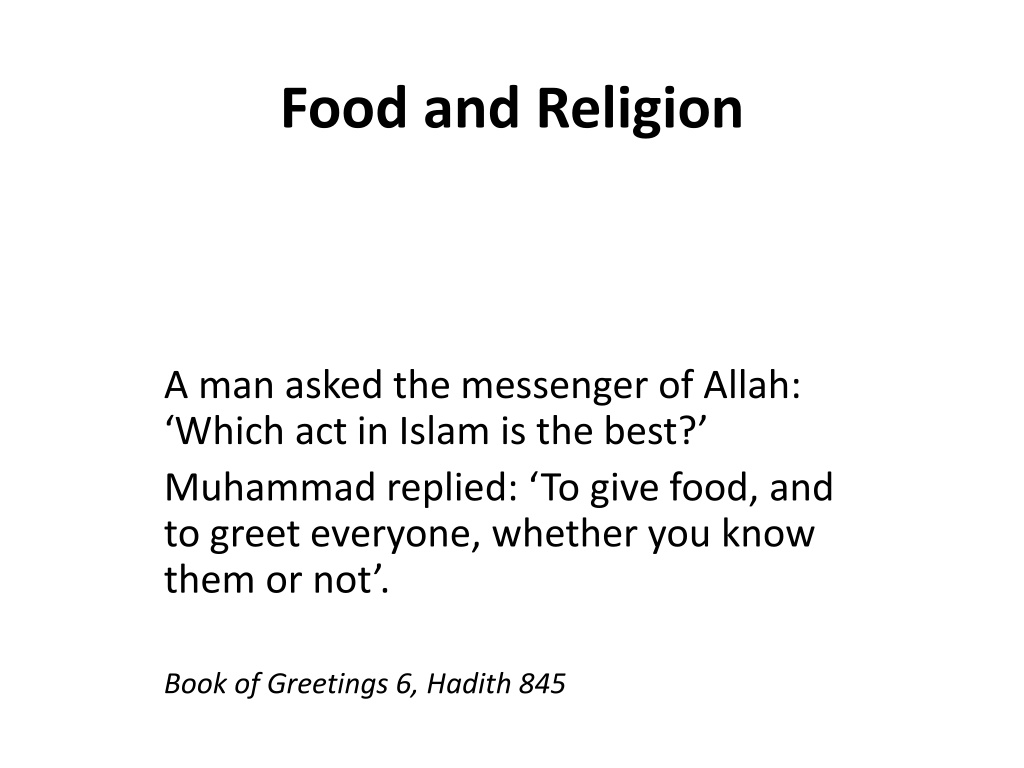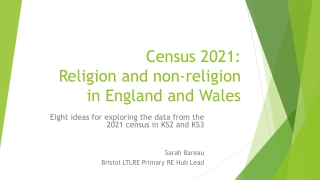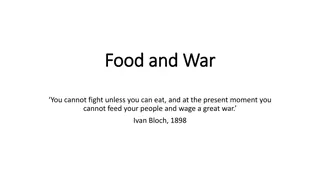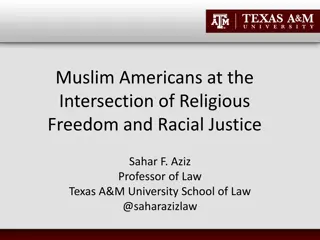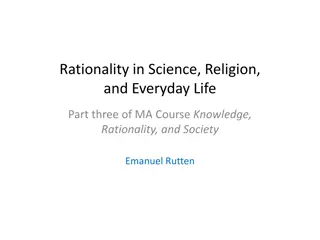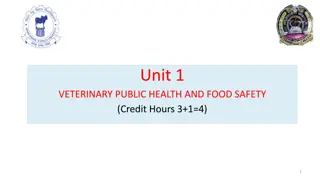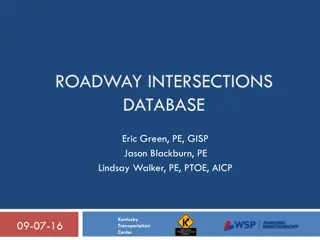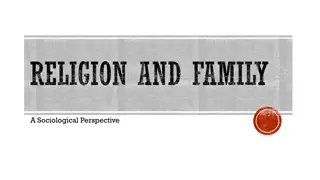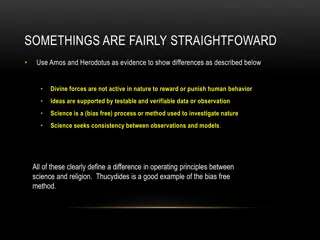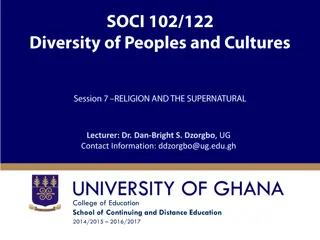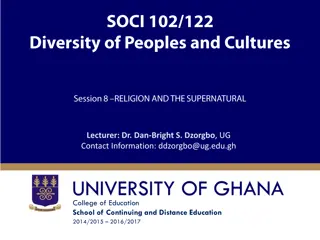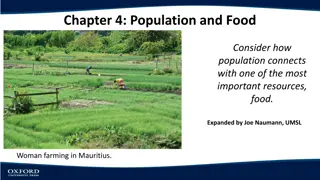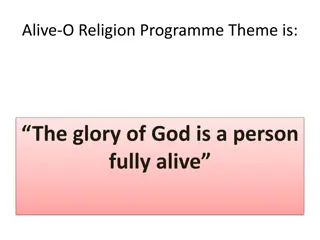Exploring the Intersection of Food and Religion Throughout History
Explore the multifaceted relationship between food and religion, from the teachings of Prophet Muhammad emphasizing generosity to the impact of religious beliefs on food choices and regulations. Delve into historical events such as religious hate crimes related to food, debates on beef consumption in India, kosher and halal certifications, and how food was used to identify religious outsiders in early modern Iberia.
Uploaded on Oct 07, 2024 | 0 Views
Download Presentation

Please find below an Image/Link to download the presentation.
The content on the website is provided AS IS for your information and personal use only. It may not be sold, licensed, or shared on other websites without obtaining consent from the author. Download presentation by click this link. If you encounter any issues during the download, it is possible that the publisher has removed the file from their server.
E N D
Presentation Transcript
Food and Religion A man asked the messenger of Allah: Which act in Islam is the best? Muhammad replied: To give food, and to greet everyone, whether you know them or not . Book of Greetings 6, Hadith 845
Food and Religious Hate Crimes In June 2016 a pig s head was left outside a mosque in Qu bec City. The card reads Bon app tit . The following January 2017 a gunman killed six worshippers at the same mosque.
Industrial Kosher: Oreo Ice Cream Bars
Beef in Contemporary India Cow Protection Movement Ongoing debates about the status of beef Maharashtra Animal Preservation Bill (2 March 2018) banned the slaughter and sale of beef. Caste on the Menu Card
Religious food regulations on . . . prohibited foods who can prepare your food whether you can eat your food with non-co- religionists the utensils used to prepare the food the manner in which any animals were slaughtered the combinations of foods on the table at any moment the consumption of particular foods at particular times. . .
Spain circa 1000 AD: a religious food frontier pork No pork
Food identifies religious outsiders a case study from early modern Iberia In Lope de Vega s play The First King of Castille (written 1598-1603) a character explains that he has hung a side of bacon outside his door so that the King will know that I am neither a Moor nor a Jew . People arrested by the Inquisition on the charge of being Jewish often tried to prove their innocence by insisting that they ate bacon and other meats which Catholics are accustomed to eat and which are forbidden to Jews .* *Haim Beinart, ed., Records of the Trials of the Spanish Inquisition in Ciudad Real (1985).
Buying fresh pike in the 15th century Fasting and other Christian food- practices helped create imagined religious communities
Marcie Cohen Ferris, Matzoh Ball Gumbo: Culinary Tales of the Jewish South (2012). Food is a bridge between southern culture and the Jewish experience . . . The degree to which southern Jews either embraced local cuisine or preserved Jewish foodways defined their identity in the South. Food became a barometer, a measuring device that determined how southern Jews acculturated while also retaining their own heritage.
Life cycle of Trichinella spiralis Typical trichinosis rash
A materialist explanation for not eating pork: trichinosis The trichinosis theory reflects the Western tendency to seek explanations in terms of disease . Frederick Simoons, Eat Not this Flesh: Food Avoidances from Prehistory to the Present (1994).
Mary Douglas (1921-2007) Purity and Danger (1966) Dirt is matter out of place : Dirt is something that does not conform to our normal scheme of classifications
Mary Douglas on Dirt Dirt then, is never a unique, isolated event. Where there is dirt there is system. Dirt is the by-product of a systematic ordering and classification of matter. . . Shoes are not dirty in themselves, but it is dirty to place them on the dining-table; food is not dirty in itself, but it is dirty to leave cooking utensils in the bedroom, or food bespattered on clothing; similarly, bathroom equipment in the drawing room; clothing lying on chairs; out-door things in-doors; upstairs things downstairs; under-clothing appearing where over- clothing should be, and so on. In short, our pollution behaviour is the reaction which condemns any object or idea likely to confuse or contradict cherished classifications. Mary Douglas, Purity and Danger: An Analysis of Concepts of Pollution and Taboo (1966).
Conclusions/Main Points The relationship between food and religion is important today This relationship is also embedded in history This lecture has focused on religious food regulations Food regulations are a powerful way of creating imagined religious communities that both unite co- religionists and mark out the boundaries between those inside and outside the religious community. Scholars have employed different approaches to explain religious food regulations, from Mary Douglas cultural approach, to more materialist explanations such those offered by Marvin Harris. Yet other scholars stress the political implications of religious food regulations.
